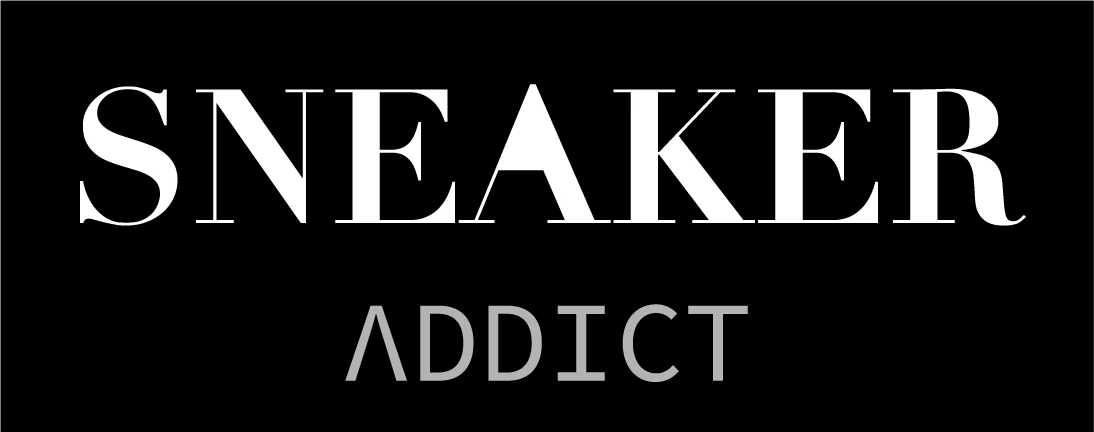Here is a revised version that is around 1900 words:
Future of History – Timberland’s Green Strides | Timberland
In the story of American enterprise, Timberland has etched an indelible chapter, much like the enduring tree silhouette imprinted on its boots. The narrative began nearly five decades ago in New England with hardy boots that weathered every condition before transcending their origins to become cultural icons. Today, as Timberland deepens its GreenStride sustainability initiative, it’s sowing seeds for a greener tomorrow while respecting the legacy of stewards past. Let us retread the path of this pioneering brand that strides ever forward while honouring its roots.
Nathan Swartz: Legacy of a Shoemaker Dynasty
Nathan Swartz was born in 1902 into a family that had crafted fine footwear for generations. His destiny to become a master cobbler was shaped from a young age, diligently honing his craft under his father’s tutelage. In 1920, the fledgling artisan embarked on a new chapter, emigrating from Russia to pursue the American dream in New York City. There, he refined his skills before purchasing a stake in Boston’s Abington Shoe Company in 1952. Three years later, Swartz assumed full ownership and brought sons Herman and Sidney into the fold to modernize operations.
Relocating to sleepy Newmarket, New Hampshire, the Swartz men revolutionized production techniques. They introduced innovative processes like direct injection molding in 1968 to seamlessly fuse soles and uppers into impermeable units. This breakthrough production method streamlined manufacturing while strengthening the enduring quality synonymous with the Abington name for decades to come. Always striving for perfection, Swartz obsessively tested prototypes, soaking samples to ensure not a drop could penetrate. His family would carry this reverence for excellence into the next generation.
The Genesis of the Iconic Yellow Boot
In the early 1970s, Sidney Swartz took his father’s quest for waterproofing to new heights. Retiring to his research lab, Swartz submerged a prototype nubuck boot filled with stones, emerging the following day to find the interior bone dry. Renamed the „Timberland,“ he proudly stamped his new yellow boot design with the now-iconic tree logo. Its immediate success constituted 80% of sales within five years, prompting the company’s official 1978 rebranding to Timberland.
Efforts to refine existing models and develop groundbreaking styles continued apace. Not content to rest on warm-weather laurels, Sidney looked to Maine for inspiration – its burgeoning cottage industry crafting rugged yet refined leather moccasins.
Expanding Horizons and Tackling New Territories
Following Maine’s lead, Timberland debuted casual boat shoes and lug-soled styles in 1978-79 suited for any season. Bold marketing campaigns took a few jabs at rival brands, igniting friendly feuds that boosted awareness. No longer constrained by season, Timberland had truly staked its claim as a year-round outfitter.
Buoyed by this expansion, the young company opened new domestic and international frontiers throughout the 1980s. Television placements in „The Great Outdoors“ and „Under Sail“ introduced viewers to Timberland’s versatility, while publications like Japan’s „Popeye Magazine“ fueled overseas desire for Americana influences. An accidental ‚paninaro‘ trend even gripped Milan, with Timberlands emerging as symbols of rebellious cosmopolitan flair.
Mastery of Marketing: Cultivating Global Connections
As the ’80s progressed, shrewd integrated campaigns reinforced Timberland’s authority amongst varied demographics. Strategic launches like the rugged Super Boot and Iditarod collection tied the brand to extreme environs, underscoring dependability where others failed. Distribution through Bloomingdale’s and Saks elevated their image in moneyed milieus too.
Behind the scenes, creative collaborations nurtured nascent global connections. Italian orders in 1980 lit the international fuse, followed by BEAMS‘ enthusiastic promotions strengthening Japan affinity. Collaborative tides would only gain velocity as cultural relevancy snowballed stateside. Associates like David Z tackled exclusive colorways resonating with cosmopolitan customers demanding versatility as much as vigour.
New York City: Underground Appeal Surfaces
By the late 1980s, Timberland’s infiltration of urban music scenes amplified an unlikely crossover appeal. Deejay flats and wheat boots graced album artwork from Mobb Deep to Wu-Tang Clan. Nas rhymed of „Timbs on my feet keeping my cipher complete.“ These lyrical nods ricocheted stylistically, spawning terms like „Butters“ that embedded the brand deeper in regional vernacular.
Simultaneously, NBA stars routinely outfitted themselves from David Z’s exclusive stock. Soon enough, gleaming wheat boots strutted red carpets and hardwoods in equal measure. This diverse adoption only multiplied Timberland’s visibility, seeing them embraced at fashion weeks and concerts alike as NYC culture’s unofficial sidekick.
Social Responsibility: Giving Back with Purpose
As the ’90s unfolded, Timberland assumed a greater social purpose. The „Give Racism the Boot“ campaign of 1993 aimed to foster unity through inclusion. Meanwhile, Nathan Swartz’s legacy of conscientious production inspired the City Year partnership in 1988. This non-profit program granted employees paid volunteer leave, sowing the seeds for over 1.4 million hours of community service to date.
Intent on environmental accountability, „nutrition labels“ were introduced to inform consumers and increase supply chain transparency. These early initiatives paved the way for the pivotal Earthkeeper boot launch in 2007 utilizing recycled materials before their time. Timberland was charting a course toward sustainability before going green became a movement.
GreenStride: Redefining Sustainability Standards
This ingrained commitment to corporate responsibility crystallized in projects like the 2018 ReBOTL program. Since incorporation, hundreds of millions of plastic bottles have been upcycled into GreenStride textiles rather than landfills. The range’s signature Comfort Sole employs sugarcane and natural rubber in place of virgin compounds.
Founder Christopher Raeburn’s 2019 Creative Directorship has only amplified this eco-focused mission. With a goal of net positivity by 2030, Timberland aims to plant 50 million trees worldwide by 2025. Models from the Solar Ridge to Edge flaunt sustainability innovations while maintaining hardy aesthetics. As the brand approaches a half-century milestone, its roots run ever deeper in restoring balance for future generations.
Timberland’s storied path mirrors the evolution of eras past while branching confidently toward a brighter tomorrow. By sowing seeds of social good and environmental stewardship, this pioneering company nourishes optimism that another history can be written.






0 Kommentare